Alex Howes: I'm not a neo-pro anymore
American rider on his development at Cannondale-Garmin
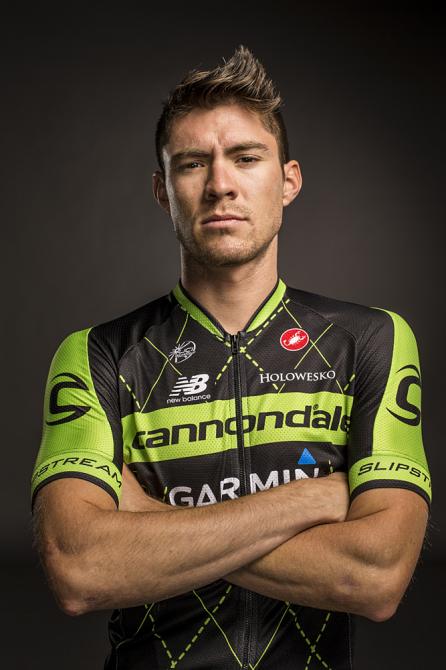
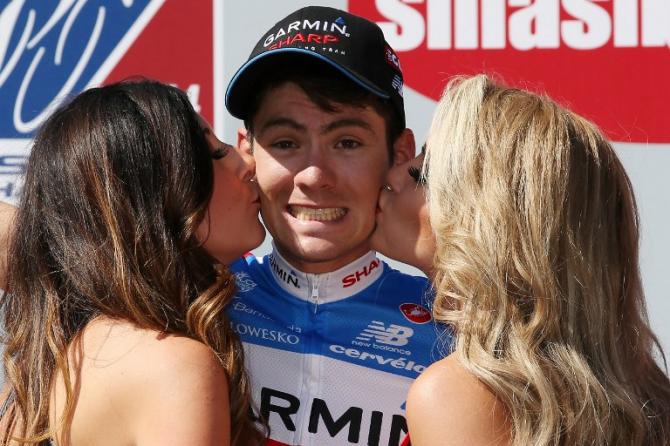
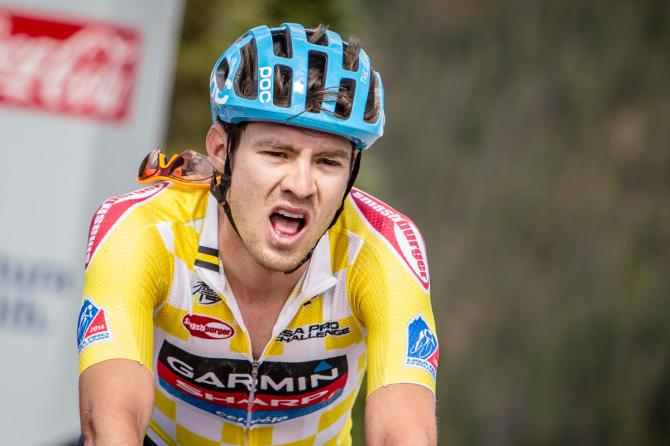
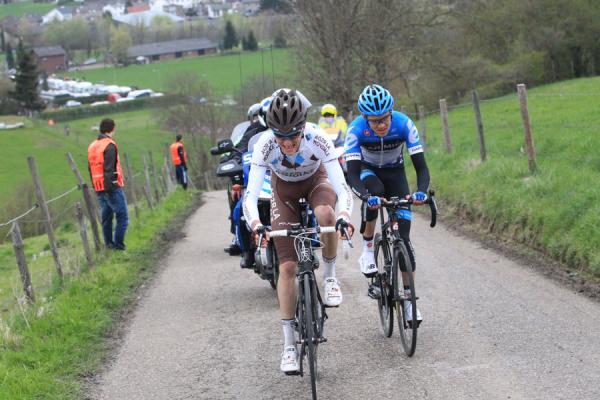
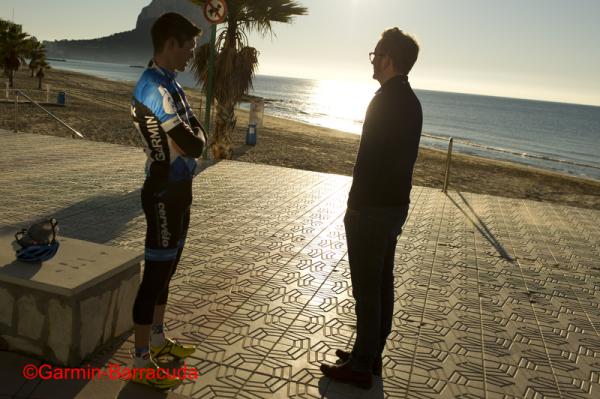
When the merger that led to the formation of Cannondale-Garmin was confirmed last summer, it seemed apt that the only man signed up to the team for the next three years was the lone rider to have been a part of the Slipstream project from its very outset.
Alex Howes was part of the first crop of juniors to ride for Jonathan Vaughters’ 5280-Subaru team in Colorado in 2003, and he has remained part of the structure, through its various guises, almost all of the way since.
“I’ve been with them more or less since I was a junior and to be honest I can’t find any complaints. We were talking and we just said, let’s keep it going,” Howes says of the contract extension. “Franchise player, I guess.”
Or tenured professor, perhaps. Certainly, it’s been a lengthy education to this point, and after being versed in the basics at 5280 and the Slipstream development set-up, Howes’ first three seasons in the professional peloton with Garmin were akin to graduate school. Now 27, Howes’ student days are surely behind him, given that so many of Garmin’s older guard – David Millar, David Zabriskie, Christian Vande Velde – have bowed out over the past two years.
Indeed, it was the very arrival of those veterans in 2008 that sent Howes to France for his lone season outside of the Slipstream set-up, after consultation with Vaughters – his study abroad programme, so to speak. The increasing Anglophone influence in top-level cycling has forever changed the way young riders from America enter the professional ranks, but Howes’ season at VC La Pomme – who had just sent Dan Martin to the professional ranks with Slipstream – had plenty in common with the school of hard knocks experienced by previous generations.
“I was 20 years old. So just surviving outside of your parents’ house at that age is something, let alone moving to a foreign country where you don’t speak the language and you’re trying to compete every week,” Howes says. “There were a lot of changes and adaptations that had to take place there. I certainly wouldn’t call it a year wasted but it wasn’t a vacation either. I wouldn’t call it nose to the grindstone, I’d call it more getting run over by the grindstone. It was tough.”
Beyond the maturation ordeal of spending a year away from friends and family in Marseille, that early European experience broadened Howes’ repertoire when it came to the fundamental skills of his trade. “It is a different style and in a lot of ways it felt like my first year racing,” he says. “There were a lot of times where I felt I didn’t know what I was doing, I was making mistakes that everyone considers really amateur mistakes, even though I was thinking: ‘Ah, but I’ve been racing since I was ten years old, I’ve been doing this for ten years now.’”
Get The Leadout Newsletter
The latest race content, interviews, features, reviews and expert buying guides, direct to your inbox!
Howes returned to race on the Slipsteam feeder squad for the next three seasons before finally making the step up to WorldTour level in 2012 with Garmin-Sharp. He announced himself with an aggressive showing at that year’s Amstel Gold Race, spending his day in the break and riding off the front deep into the finale with another fearless neo-professional, Romain Bardet.
Yet while Bardet quickly confirmed his potential in the pro ranks, Howes’ progress was more incremental. His performance at last August’s USA Pro Challenge, however, where he won the final stage after holding the race lead earlier in the week, seemed to signal his most important step forwards to date.
“I’ve been very fortunate in that every year I’ve gotten noticeably better every year. Maybe not exceptionally better every year, but every year I’ve seen little things that improve, and that helps,” Howes says of his first two seasons at Garmin. “Then last year was just a continuation of that. I only improved a little bit but it was enough to get to where other people noticed it, I suppose. I was very happy with my season.”
Tour debut
Howes’ run of late summer form was due in no small part to his Tour de France debut, where he set out as part of a young Garmin team hoping to help Andrew Talansky to high overall finish but saw their focus switch to survival after crashes forced him out of the race in the second week. Along with the fabled extra watts of power a Tour finish supposedly provides, reaching Paris seems to offer a different perspective on the bike rider’s lot.
“The benefits from the Tour are physical, psychological, spiritual, I don’t know. It touches you in a lot of ways that are hard to quantify,” Howes says. “Physically, I could see right away from Colorado and Utah that the legs were there, that wasn’t a problem. And in situations where I used to be stressed out and think ‘Oh no, we’re coming into this section or up to that climb,’ I was kind of thinking in the back of the head, ‘Hey, in the Tour it was way worse. This isn’t anything. I’ll get there, don’t worry, no problem, don’t stress.’”
Indeed, when it was first floated the previous Autumn, the very idea of riding the Tour had prompted something of a shift in mid-set for Howes. After making his bow over three weeks at the 2013 Vuelta a España, he expected to remain part of Garmin’s B-team, relatively speaking, for Grand Tours.
“They told me in the meeting before last year in the Fall, ‘We want you to think about the Tour, you’re on the long list. That’s going to be your goal: make the Tour team,’” Howes recalls. “I said, ‘That’s kind of a lofty goal, guys, how about the Giro?’
“And they said, ‘No, no, no, you’re doing the Tour, you’re focusing on the Tour.’ And that really made me step back and think about it and realise I’m not 23 anymore and all those guys you mentioned – Dave, Christian, Millar – are moving aside or out of the picture.”
At Cannondale-Garmin’s training camp in Mallorca last month, much store was placed in the fact that they boast the lowest average age of any team in the WorldTour. The arrival of the likes of Matej Mohoric (20), Davide Formolo (22) and Davide Villela (23) as part of the Cannondale merger means that Howes, for the first time in his professional career, finds himself in a rather unfamiliar position of seniority.
“I have to keep these young guys in line, make sure guys show up on time, make sure we leave for rides,” he jokes. “It kind of came to me the other day when we were doing a ride and we weren’t really where we were supposed to be and we had to edit the ride and came back a little quicker, find some short cuts home and I knew all the roads. I thought, ‘Man, I’ve spent over a month and a half of my life in Mallorca now.’ That stuff’s starting to add up. I’m not a neo-pro anymore.”
After beginning his season at the Tour Down Under in January – “I could have gone to Tucson to train, but I thought if I’m going to go somewhere, I might as well go all the way around the world and race” – Howes resumes competitive action at Paris-Nice next week before lining up at the Volta a Catalunya and the Circuit de la Sarthe in preparation for the Ardennes Classics. His team’s strength in depth on that terrain, he admits, is both a blessing and a curse.
“Personally I love them and Cannondale-Garmin, fortunately or unfortunately for me, whichever way you want to look at it, we have a really good team, a lot of depth there,” he explains. “We’ve got Dan [Martin] who is a former Liège winner and if anything is going to be stronger this year. [Ryder] Hesjedal is always good. Tom Jelte Slagter is super quick. [Moreno] Moser’s coming on from Cannondale, and the guy can move. Where I fit in all of that, I don’t really know but just to be there is always a big buzz for me. I’d like to come with all that I have for those.”
The US National Championships road race in May is another target – “Stars and stripes, that would be great” – and a return to the Tour is on the cards, while the World Championships in Richmond are the natural the focus of the final part of his campaign. All the more so, perhaps, given that the parcours reminds him of a race dear to his heart, Brabantse Pijl, where he finished 6th as a neo-professional, earning his ticket to Amstel the following Sunday.
“If I could relate it to any race that’s currently on the calendar, I’d say Brabantse Pijl. They’re not real long climbs, kind of punchy, technical stuff, and a little cobbled climb,” Howes says. “It will be an interesting course and we should be able to benefit a little bit from making everybody else in the world travel to us.”
The race of races for Howes, however, remains Amstel Gold Race, a love affair that goes back to watching videos of “all those guys from the early 90s smashing each other on the climbs” while he rode on the home trainer as a teenager in Colorado. His first-hand experiences of racing in that whirlpool of corners and steep hills in Limburg only deepened the affection.
“It’s real tight racing, it’s dangerous, it’s a bit unpredictable. I love it, I hate, I love it. To me you have to be strong, you have to be able to climb, but more than anything you have to be a real racer,” he says. In short, the ultimate test of his applied learning.
“You can’t just race it on legs. You have to be able to ride in the peloton, you have to be tactically very smart, you have to be quick… I became a bike racer not so I could geek out over watts per kilo and I was never going to be strong enough to throw it into the echelons coming into the cobbles of Roubaix, so for me it's Amstel. Those are the skills I’ve always wanted to have the most.”

Barry Ryan was Head of Features at Cyclingnews. He has covered professional cycling since 2010, reporting from the Tour de France, Giro d’Italia and events from Argentina to Japan. His writing has appeared in The Independent, Procycling and Cycling Plus. He is the author of The Ascent: Sean Kelly, Stephen Roche and the Rise of Irish Cycling’s Golden Generation, published by Gill Books.